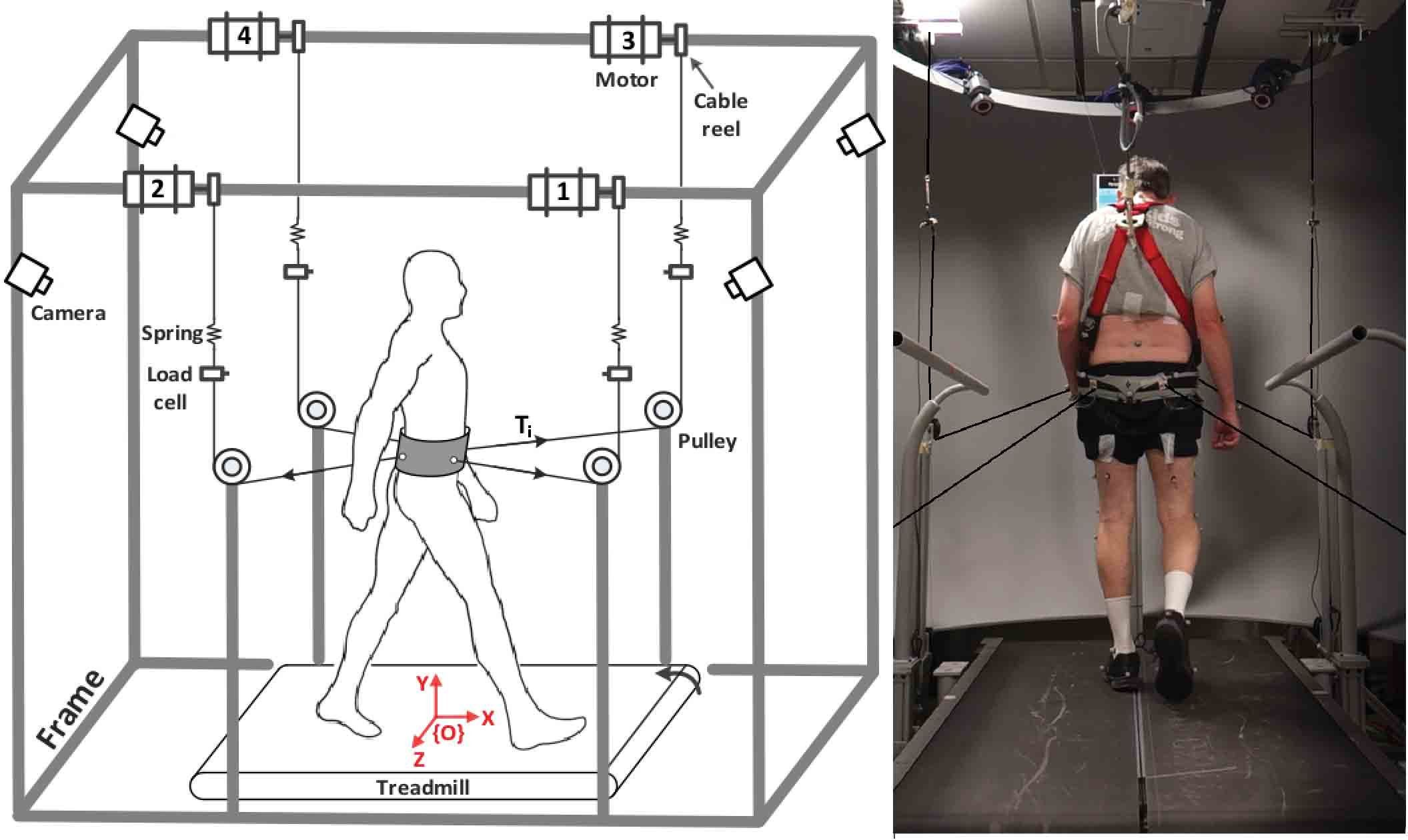In a paradigm shift, scientists are starting to regard respiratory disease as a disease of aging and scientists at the Mayo Clinic reversed symptoms of a lung disease in mice using age-reversing senolytic compounds. In addition to senolytics, researchers are developing other treatments for respiratory conditions such as gene therapy.
Summary: In a paradigm shift, scientists are starting to regard respiratory disease as a disease of aging and scientists at the Mayo Clinic reversed symptoms of a lung disease in mice using age-reversing senolytic compounds. In addition to senolytics, researchers are developing other treatments for respiratory conditions such as gene therapy. [This article first appeared on the website LongevityFacts.com. Author: Brady Hartman.]
All of us – both smokers and non-smokers alike – will lose significant lung capacity as we age. Scientists at the Mayo Clinic have developed a promising treatment that rejuvenates the damaged lungs of mice using anti-aging compounds called senolytics.
The Mayo Clinic researchers showed evidence linking the biology of aging with idiopathic pulmonary fibrosis (IPF), a disease of aging that impairs lung function and causes fatigue, shortness of breath, declining quality of life, and, ultimately, death. The Mayo Clinic team showed that the lungs of human IPF patients are full of senescent cells, and treatment with senolytics reversed symptoms of the lung disease in mice. Moreover, because senolytics have general age-reversing effects, the Mayo researchers hope to test the therapy on seniors with IPF as well as other lung diseases of aging.






